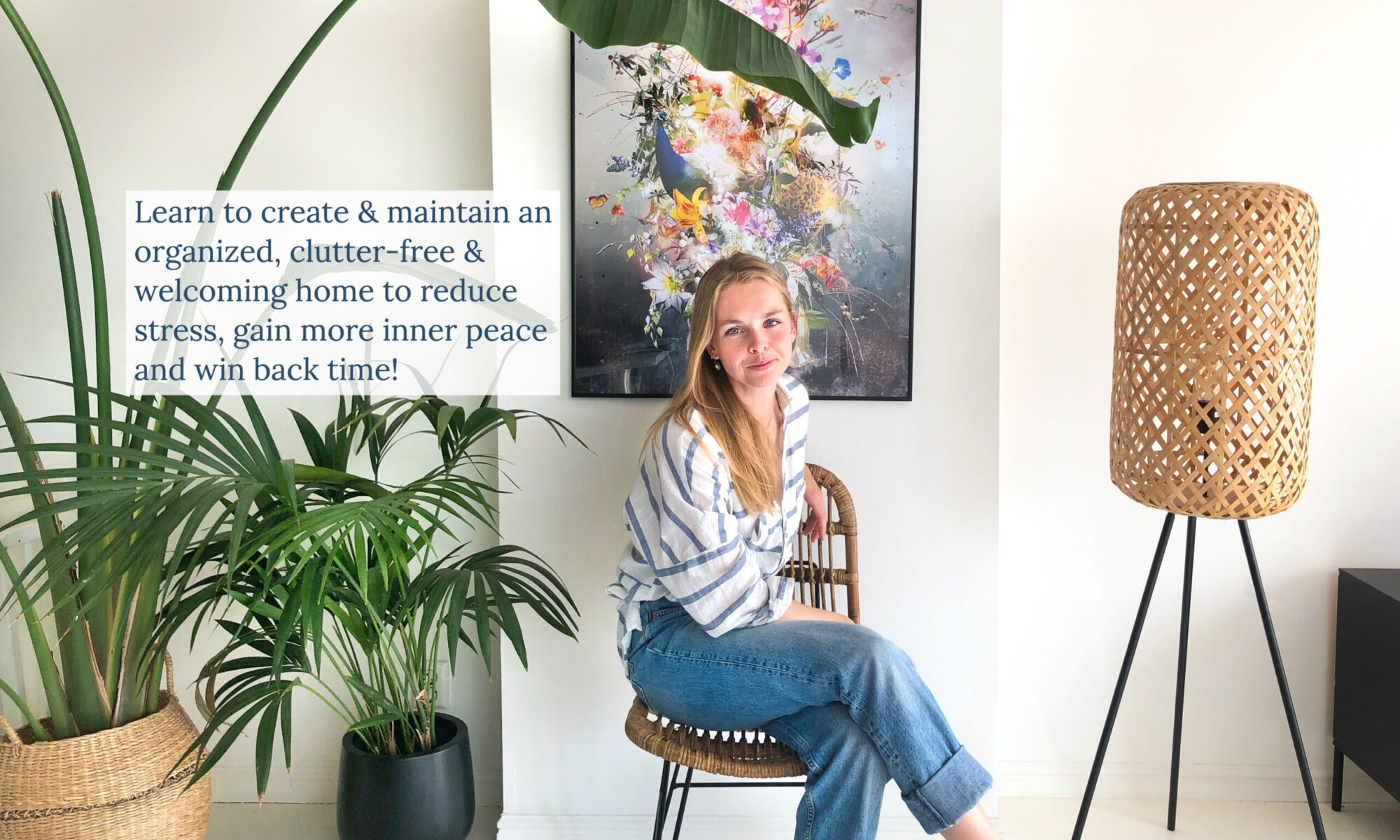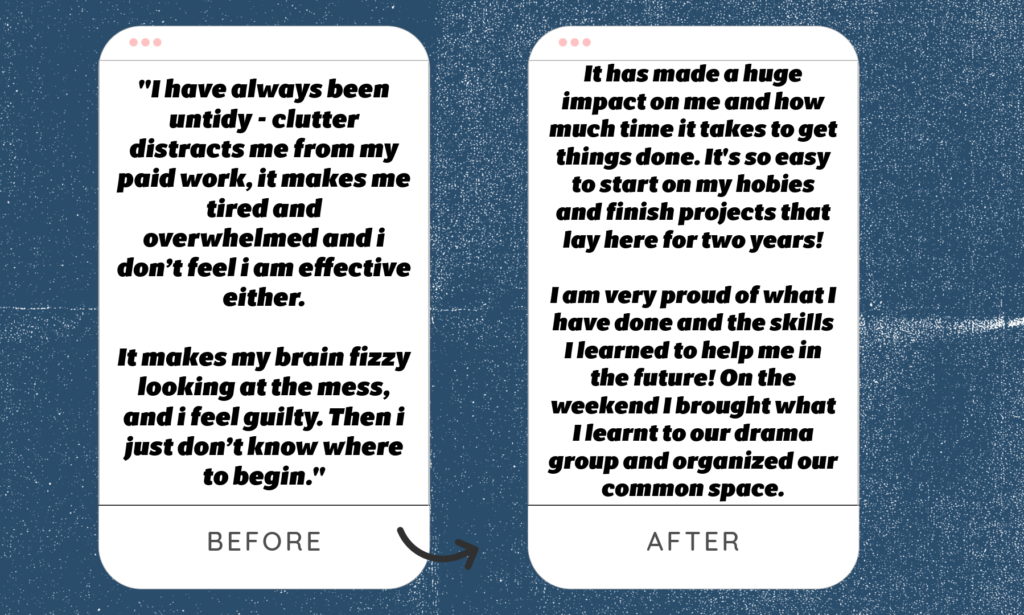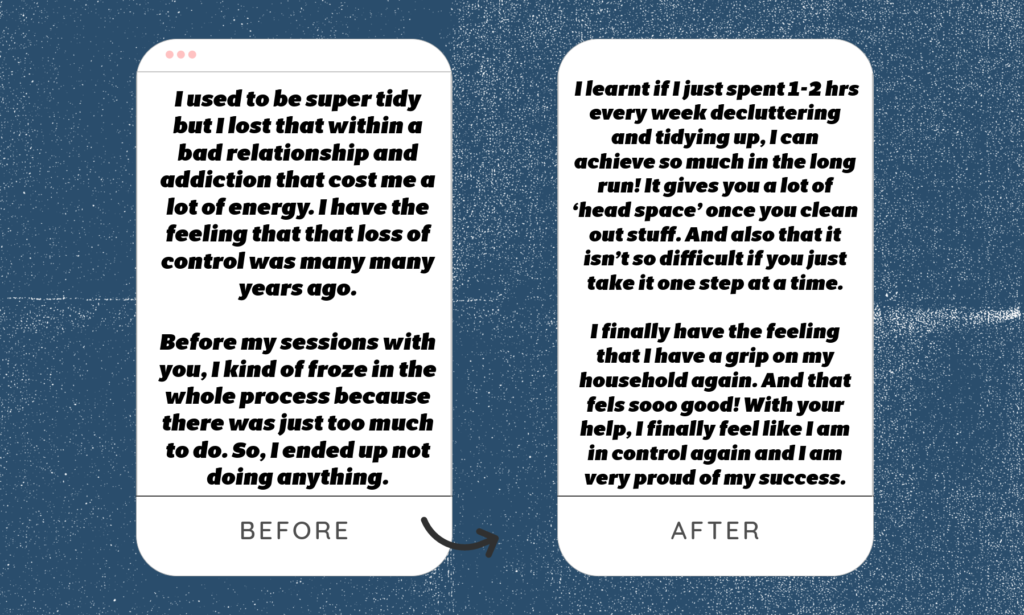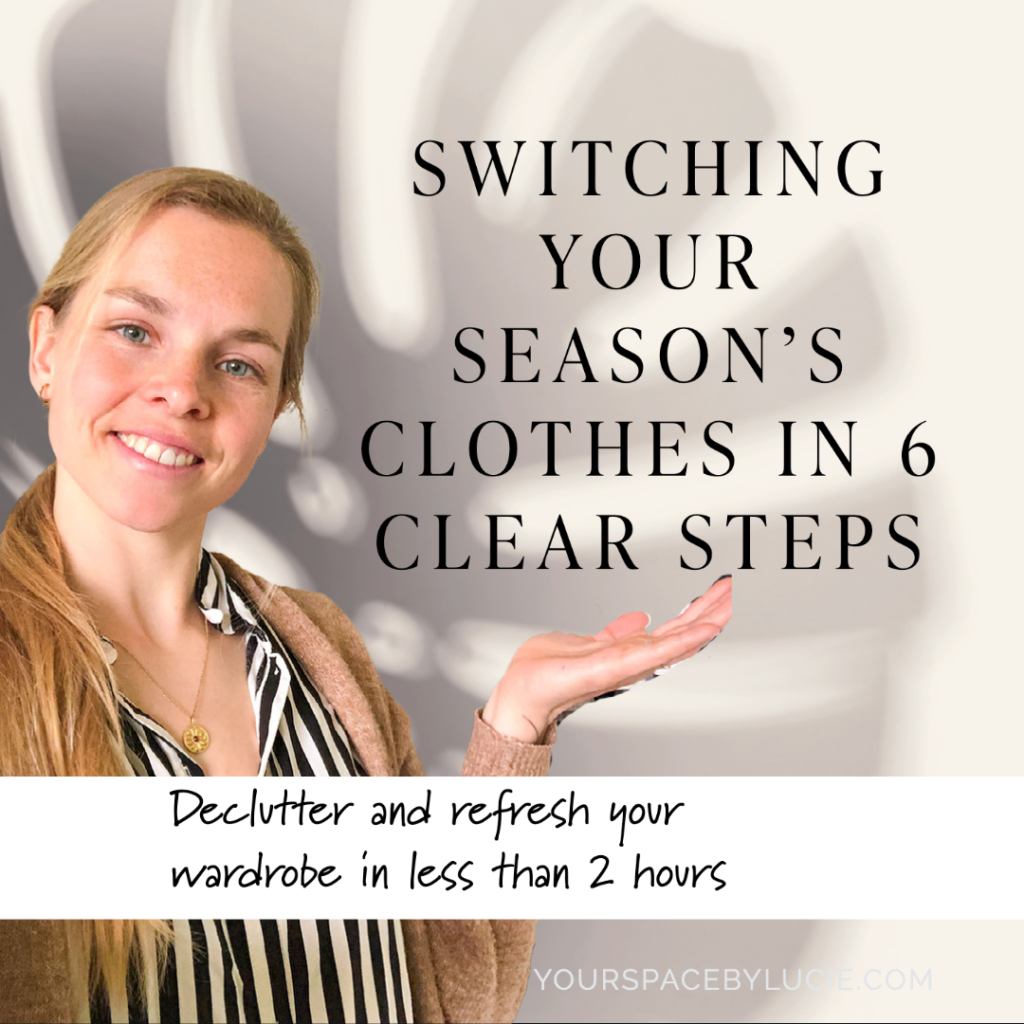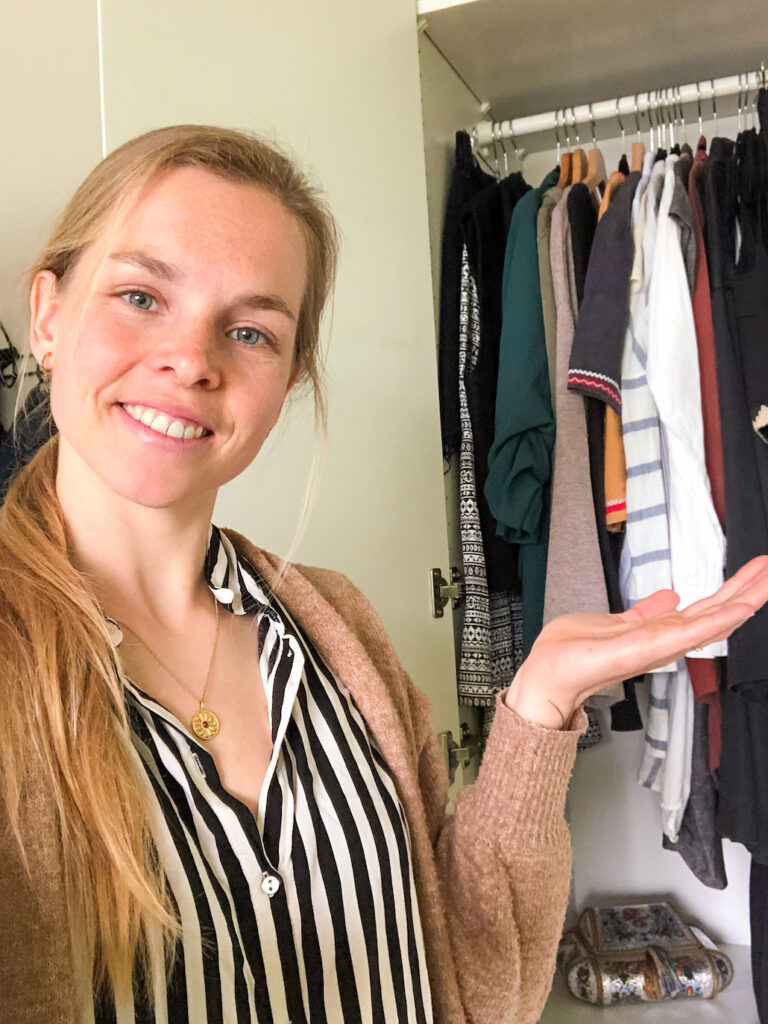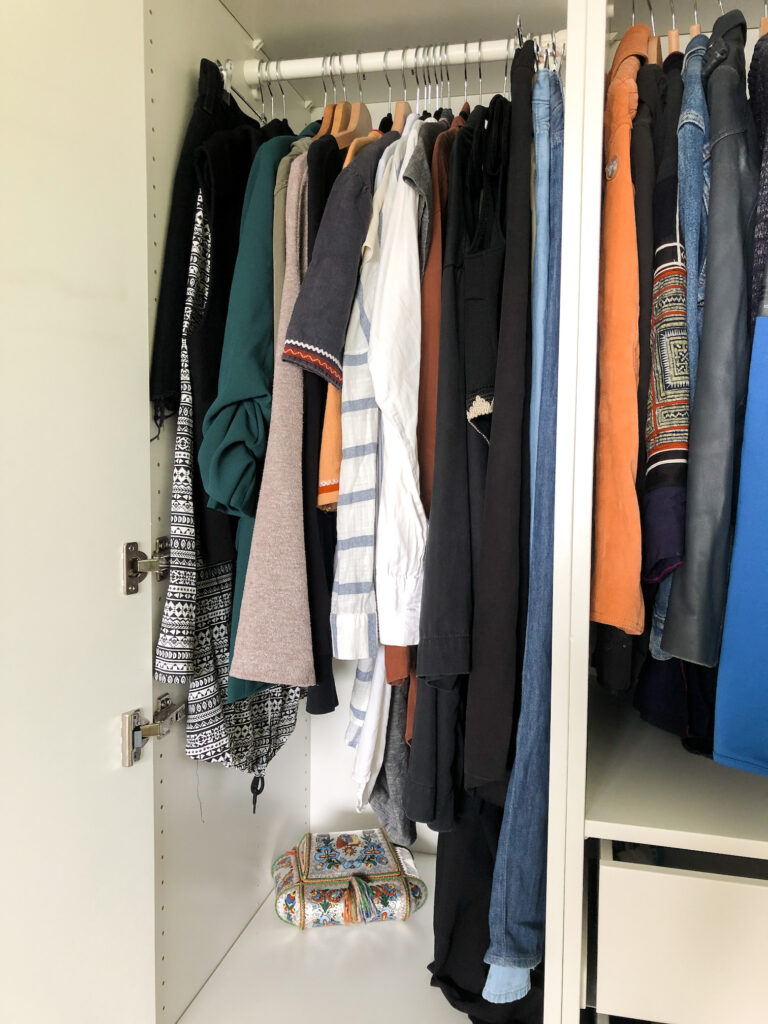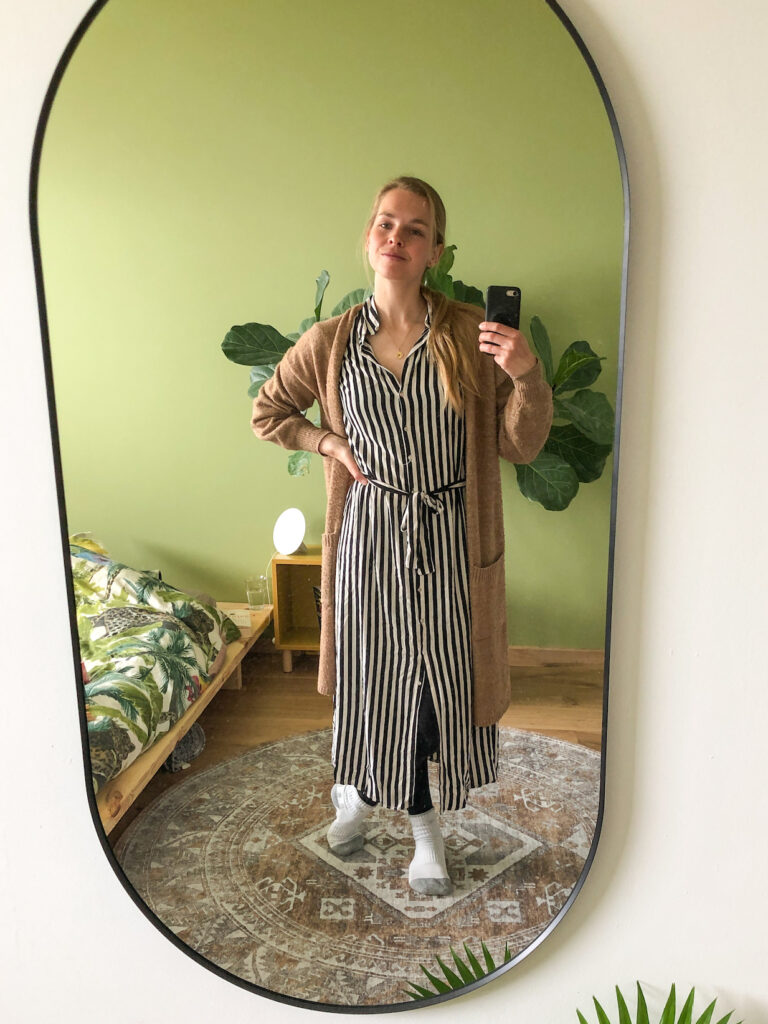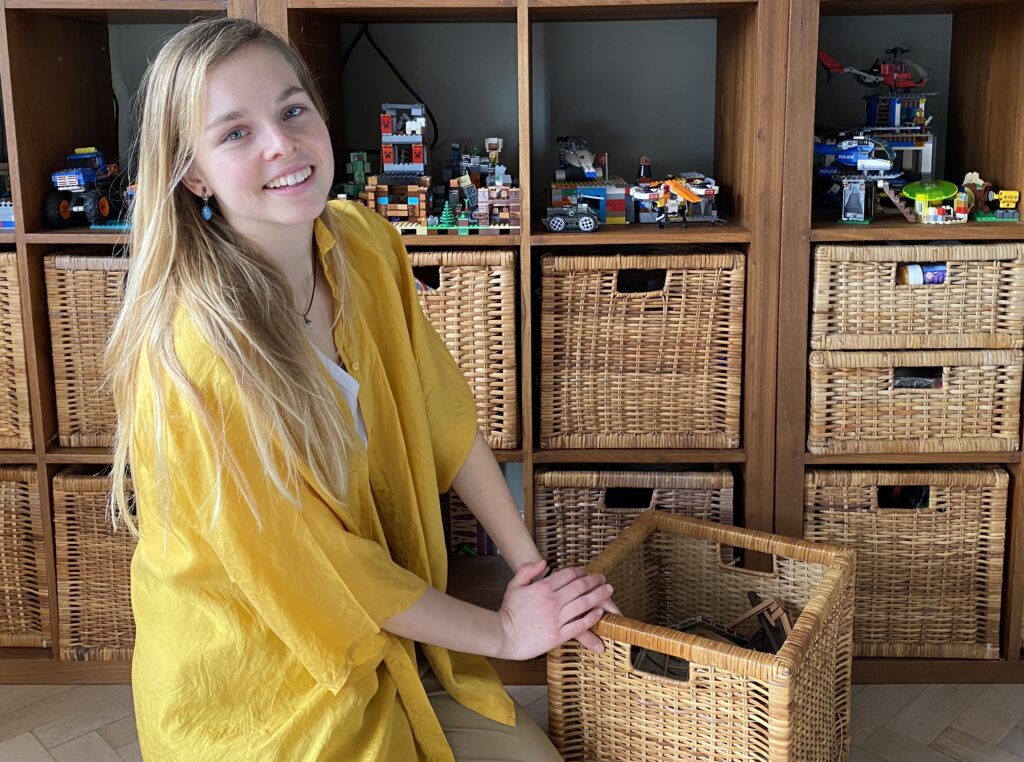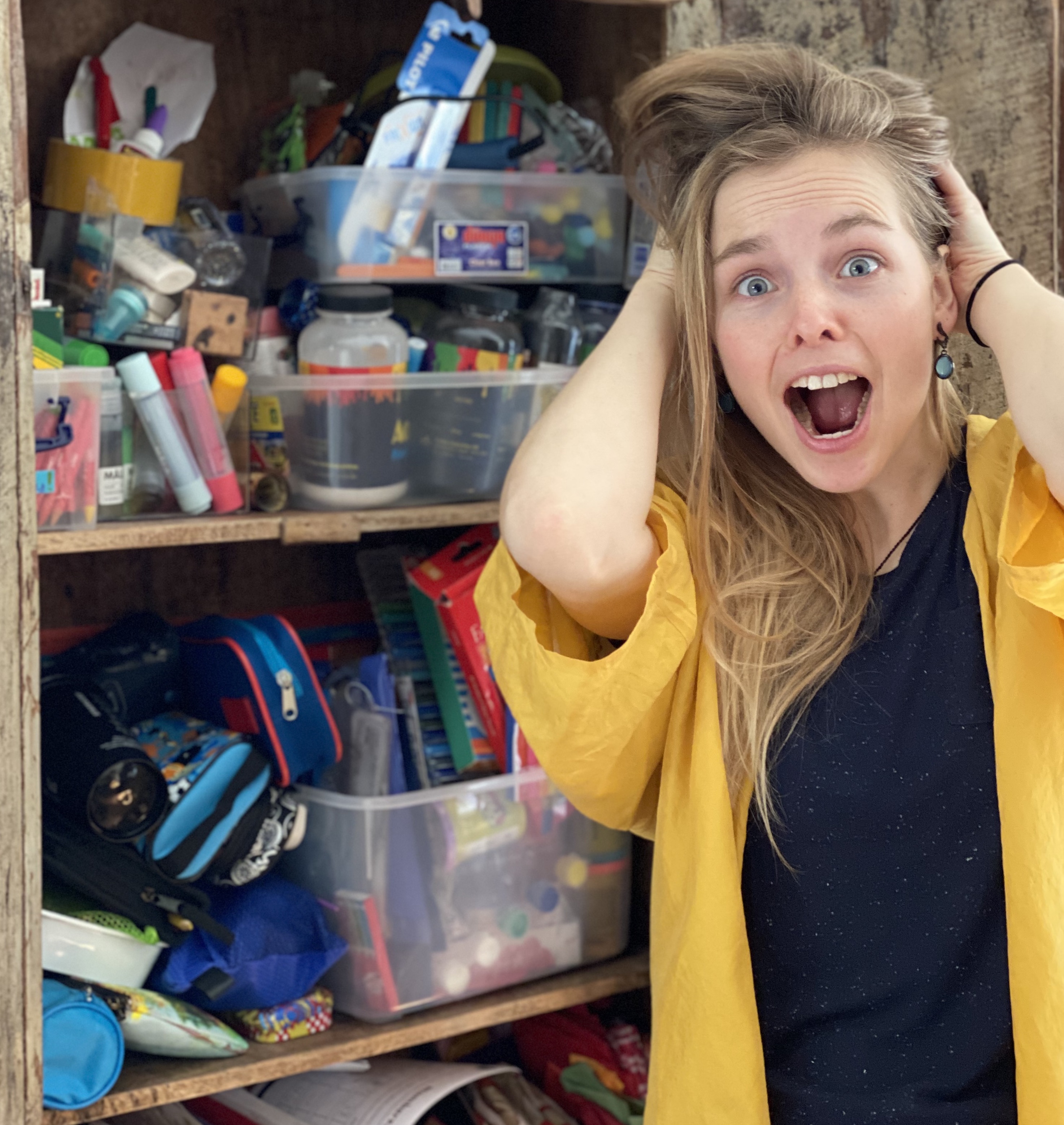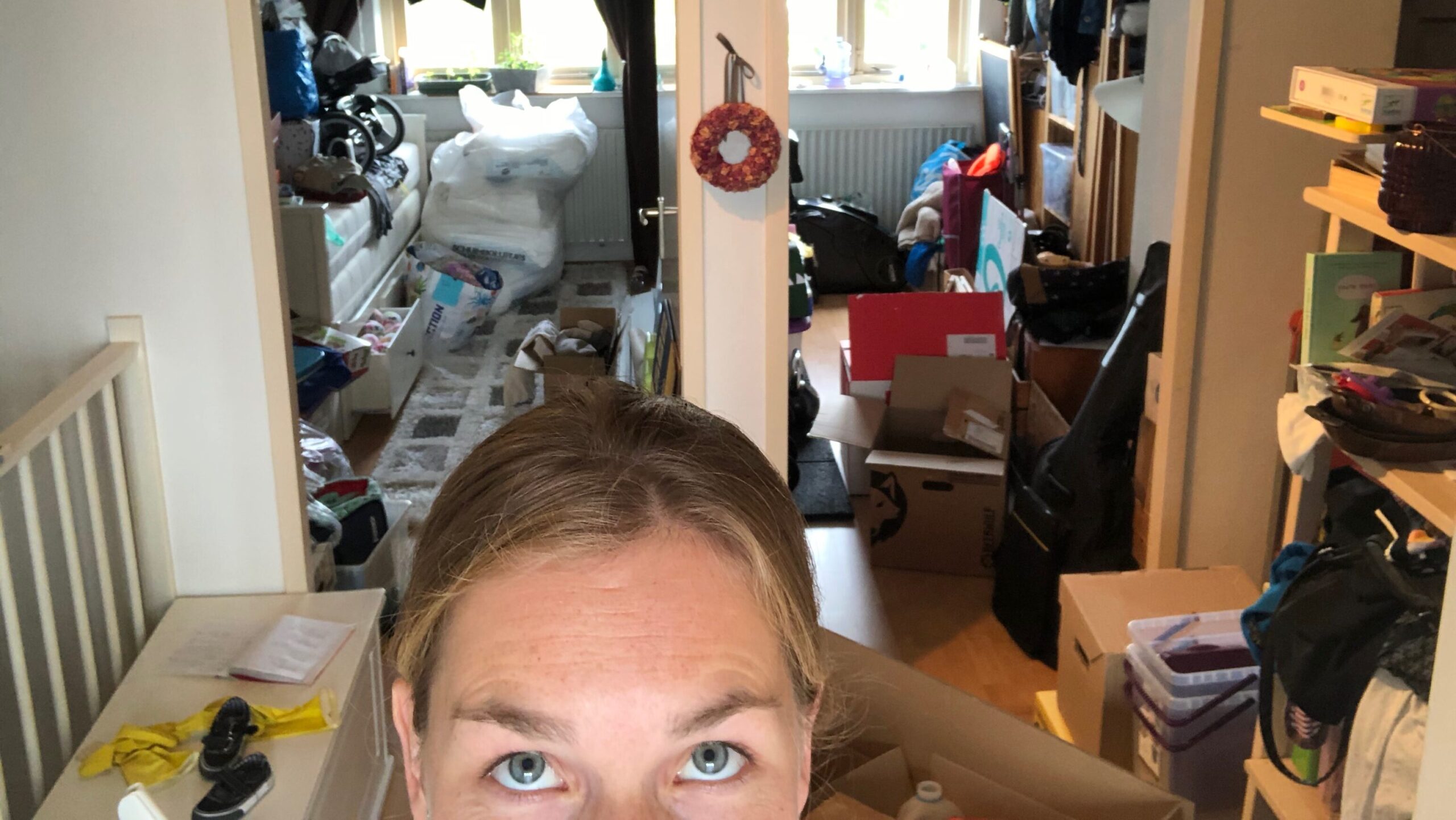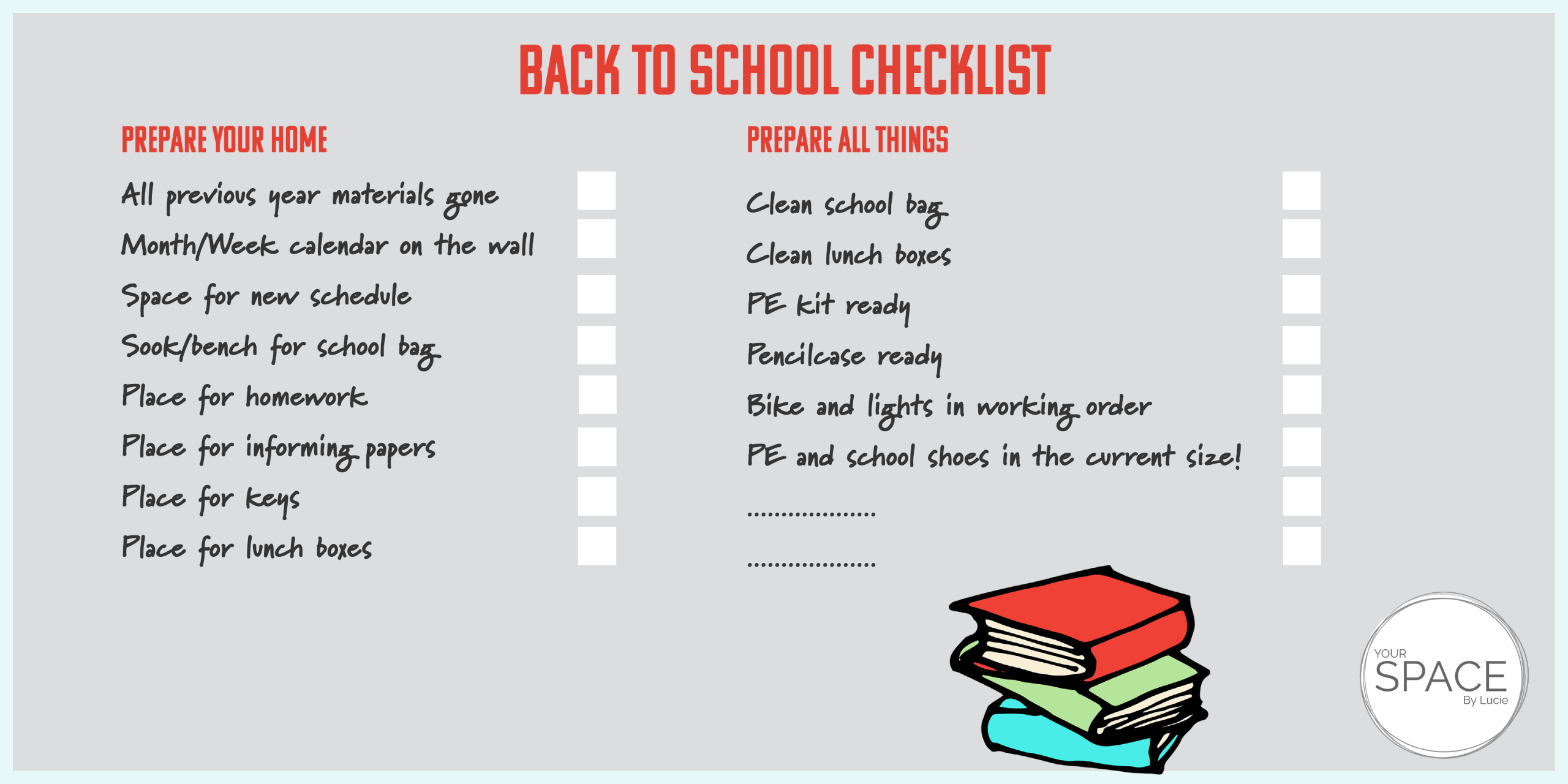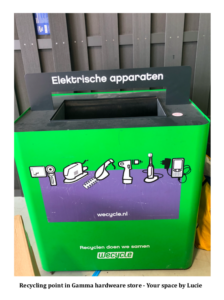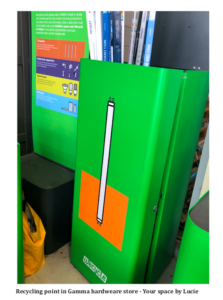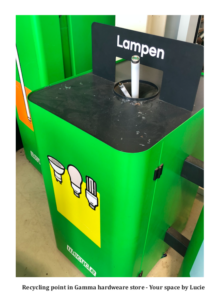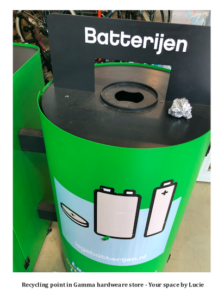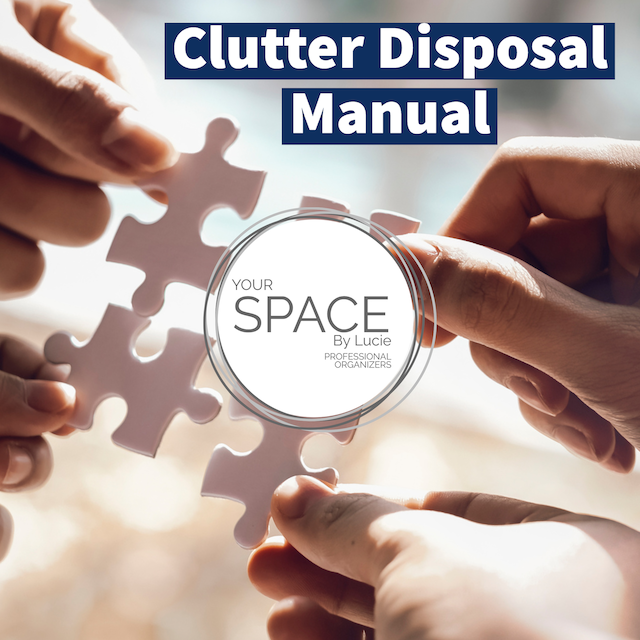With the first big holiday passing and many more knocking on the door in the coming months, let’s talk about how I help my clients keep all those seasonal decorations under control and without added festivities stress!
What I noticed in the countless attics and basements I visited is that most people have one big holiday organized fairly well (for those who celebrate Christmas, it tends to be this one), while the rest of the smaller celebrations are scattered around in small bags, or even forgotten amongst toys.
With so many celebrations of different sizes and at different times of the year, it is no wonder we find it hard to organize everything so it looks nice, neat and uniform. Let alone functional = like remembering where everything is at the right time of the year 😉
If you know my organizing method, it’s all about KEEPING THINGS SIMPLE!
So here’s my simple method for keeping your decor organized and ready for any season.
I call it Celebration Pairing.
Why Celebration Pairing? 💡
No matter how large your festivities collections are, if you pair them down* by their appropriate season, you can afford to put them into bigger and clearer boxes – giving them a designated space in your storage!
*Of course, some festivities, like the aforementioned Christmas, might have larger collections and take up a whole organizing box on their own! If that’s the case, you don’t need to pair it with anything.
And the functional perks? By pairing up by the different times of the year, you also remind yourself of the next-in-a-row celebration = reminding yourself where it is and if it’s complete. It also makes your tidying process easier as you only need to pull out one box to tidy up one celebration while bringing out the following one (in my experience, people tend to switch one themed decor for another right away).
Let’s get practical – what to pair together?
Adjust this list based on your traditions and culture. If you’re only starting your collection, like I did last year with my very first Christmas tree 🌲, one box might cover everything for now from Easter to Christmas—and that’s perfectly okay!

AUTUMN HOLIDAYS
TO PAIR TOGETHER
Yom Kippur, Halloween, Day of the Dead, All Souls, St. Maarten, Oktoberfest, Diwali, Thanksgiving together with any autumn-themed decor
WINTER HOLIDAYS
TO PAIR TOGETHER
Sinterklaas, Mikuláš, Hanukkah, Christmas (usually gets its own box), New Year’s Eve props, Valentine’s Day props together with any winter-themed decor.


SPRING HOLIDAYS
TO PAIR TOGETHER
Carnival costumes, St. Patrick’s Day, Easter, King’s Day (NL), Cinco de Mayo, Passover, Holi, together with any spring-themed decor
SUMMER HOLIDAYS
TO PAIR TOGETHER
Pride, Independence Day (US), and any other summer festivals, picnics, and costumes connected to celebrations or decor in the summer.

Extra Tips for Birthday and Party Props 🎂
There’s a whole category of birthday props and general party props or costumes. You can either give these their own box or include them in the season box if your celebrations line up with a specific time of year.
How to organize all of this?
Use big, clear bins:
Transparent bins make life easier when you’re trying to find specific decorations, although if you are visually sensitive, opaque tubs are a way to go as well. My personal favourites are IKEA SAMLA boxes 45l or 65l!
Make sure your bins are big enough to be able to hold it all despite odd and bulky shapes. However, a note on safety: If your box is so large that you can’t easily carry it up and down the stairs, it is designed to fail! Because the harder(=heavier) things are, the less they will function. So establishing two medium boxes instead of 1 large one is a better idea!
Label
You might think you will remember everything from the day you are organizing. But a year later, it won’t come so easily! Always use labels for anything that’s grabbed occasionally. I usually write down the season + the different celebrations that belong to it.
Keep It Flexible
Celebration Pairing is designed to grow with you. As your collection expands, this method allows for easy adjustment. Just add to the existing seasonal box, and you’re good to go! That’s why it’s key that your storage boxes are big enough.
Here’s to a well-organized, stress-free holiday season! 🥂
Copyright – Lucie Krobova
Founder of Your SPACE by Lucie
Professional Organizer and Chronic Disorganization Specialist
Amsterdam, NL

